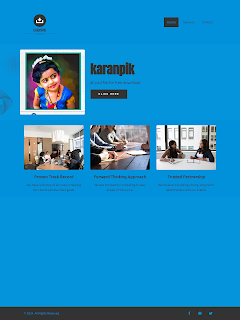banner design | banner | flex | digital marketing | design
Web Design Description
Web design refers to the process of creating visually appealing, functional, and user-friendly websites. It involves a combination of design principles, technical skills, and creativity to build websites that deliver a seamless user experience. Web design can include various components such as layout, color schemes, typography, graphics, navigation, and responsiveness.
Key Aspects of Web Design:
Layout and Structure
Organizing content in a way that is easy to navigate and visually appealing.
Using grids or frameworks to maintain balance and alignment.
Visual Design
Choosing appropriate color palettes, typography, and imagery.
Applying design elements such as icons, buttons, and animations.
User Experience (UX) Design
Ensuring intuitive navigation and accessibility.
Optimizing design for various devices (mobile-first and responsive design).
Responsive Design
Adapting the website to different screen sizes and resolutions.
Using flexible grids, images, and CSS media queries.
Functionality and Interaction
Incorporating interactive elements such as forms, sliders, or dropdown menus.
Ensuring all links, buttons, and forms work as intended.
Content Design
Presenting text, images, and videos in a clear and engaging manner.
Focusing on readability and content hierarchy.
Technical Aspects
Implementing web technologies like HTML, CSS, and JavaScript.
Optimizing the website for fast load times and search engine visibility (SEO).
Goals of Web Design:
Provide a positive user experience (UX).
Reflect the brand’s identity and values.
Drive user engagement, conversions, or other specific goals (e.g., sales or subscriptions).
Whether for business, personal, or educational purposes, effective web design combines artistry with technical expertise to create impactful online presences.








0 Comments
thank you for watching